Research
The Rise of Risk2earn: A Sustainable Alternative to Play2earn Gaming
ChainPlay
•
2 years ago
Share :
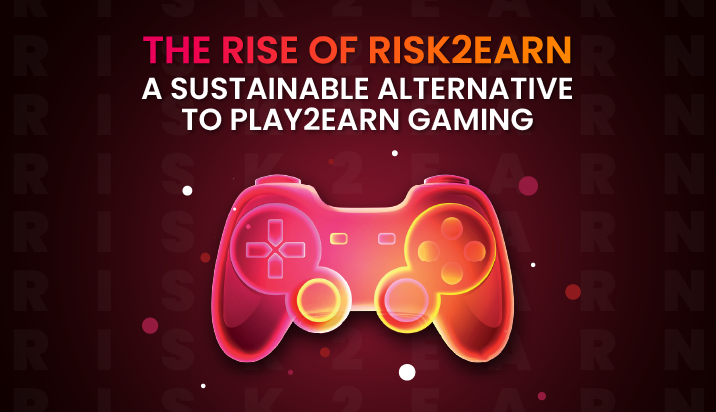
The gaming industry has been undergoing a paradigm shift with the advent of GameFi, a new trend that merges gaming and decentralized finance (DeFi) through the use of blockchain technology. One particular GameFi model that has been gaining attention is the Risk2earn model, which rewards players based on their skill and efficiency. In contrast to the traditional Play2earn model, Risk2earn is a zero-sum game that only rewards those who are skilled enough to win. In this article, we will explore the advantages of the Risk2earn model and how it can be applied in different types of games.
Sustainability of GameFi Projects
GameFi projects have been known to rise and fall quickly, which can be attributed to several factors. However, the sustainability of its tokenomics is crucial for the longevity of the project. With the Play2earn model, the rewards system cannot keep up with churning out rewards for the player base in the long run. In contrast, the Risk2earn model is sustainable since it is a zero-sum game, and the same bounty continues to be exchanged back and forth between players.
Zero Sum Game
In the Risk2earn model, it is a zero-sum game, meaning that when one person loses a match, another person wins a match. When someone wins, they are given the “risked” bounty by the loser. The same bounty continues to be exchanged back and forth between players, making it a sustainable model.
Meritocracy and Efficiency
One of the most significant advantages of the Risk2earn model is that it rewards those who are skilled and efficient. In contrast to the Play2earn model that rewards everyone, Risk2earn is a meritocracy. Players who have invested time and effort into mastering the game will be rewarded, while those who are less competent will have a price to pay.
In the Risk2earn model, players are taking risks. To earn rewards, they must risk losing their investment. The risk factor is what makes the game exciting and challenging. In the Risk2earn model, rewards are earned based on how much risk is taken. The more risk a player takes, the higher the reward they can earn.
Examples of Risk2earn elements in NFT games
One example of a game that has implemented a Risk2earn element is Axie Infinity. The game has a few elements of Risk2earn, although it would be a stretch to call it a full-fledged Risk2earn game since it isn’t a zero-sum game. Some time ago, Axie Infinity lowered the rewards on adventure mode and increased the rewards gained from winning in the arena. This move is an example of implementing a Risk2earn element. Although players can buy an NFT, it might take them a long time, even years to get their money back from the rewards, especially if they aren’t skilled at the game.
Splinterlands is a blockchain-based trading card game that also adopts some elements of the Risk2earn model. In this game, players can earn rewards for winning battles with their NFT cards. The better the player’s deck-building and strategy, the higher their chances of winning, making it a Risk2earn game that values the player’s skill.
Trident, a 2D MMO game on Arbitrum, is an example of a game that is built around the Risk2earn concept. In the open-world setting of Trident, players can go exploring, gather materials, slaughter animals, fight bosses, kill other players, take up quests or bounties, and much more. In this game, when you die, you lose your items, which can be a significant risk for players. The game’s economy revolves around the Risk2earn model, where players risk their items and resources to gain rewards.
Risk2earn Games in Different Types of Games
The Risk2earn model can be applied to different types of games, such as trading card games, sports games, or first-person shooters. The model changes based on the type of game and the level of skill required. In trading card games, players need to understand the game mechanics, while in sports games, they need to have a good understanding of the rules and strategies. In first-person shooters, players need to have excellent reflexes and tactical skills.
Risk2earn Model’s Impact on the Overall Gaming Industry
The Risk2earn model can have a significant impact on the overall gaming industry. The potential benefits include the ability to reward skilled players, create a more engaging and challenging gameplay experience, and increase the game’s longevity. However, there are also potential drawbacks, such as the possibility of alienating less skilled players, and creating a more competitive and less welcoming environment.
Risk2earn Model’s Incentivization to Skill and Community Building
In Risk2earn games, the focus is on skill and efficiency. This can lead to more engaged and dedicated players who are willing to put in the time and effort to become better at the game. The model can also foster a sense of community, as players work together to improve their skills and compete against each other.
Community building is an important aspect of Risk2earn games, as players rely on each other for matches and competition. This can lead to social interactions that are more meaningful and rewarding than in traditional play2earn games. Players can join together to form teams, compete in tournaments, and support each other in their pursuit of rewards.
In addition to community building, the Risk2earn model can also incentivize players to become more skilled. Because the model rewards skill and efficiency, players are motivated to improve their gameplay and become better at the game. This can lead to a more engaging and rewarding experience for players, as they see the direct results of their efforts.
Final Thoughts
The Risk2earn model is an innovative approach to GameFi projects that rewards skill and efficiency over monotonous grinding. By creating a zero-sum game that incentivizes players to become more skilled and engaged, the model can lead to a more sustainable and rewarding gaming experience. It can also foster a sense of community and social interactions that are more meaningful than in traditional play2earn games.
The Risk2earn model can be applied to different types of games, from trading card games to first-person shooters, and has the potential to impact the overall gaming industry. While there are potential drawbacks to the model, such as the risk involved for players, the benefits may outweigh the risks in terms of creating a more engaging and sustainable gaming experience.
As the gaming industry continues to evolve, the Risk2earn model has the potential to become a popular approach to GameFi projects in web3 or nft games. With its focus on skill, efficiency, and community building, the model offers a unique and exciting way for players to engage with their favorite games and earn rewards in a more sustainable and satisfying way.
Share this article
#Axie Infinity
#Splinterlands
#TridentDAO
Latest News
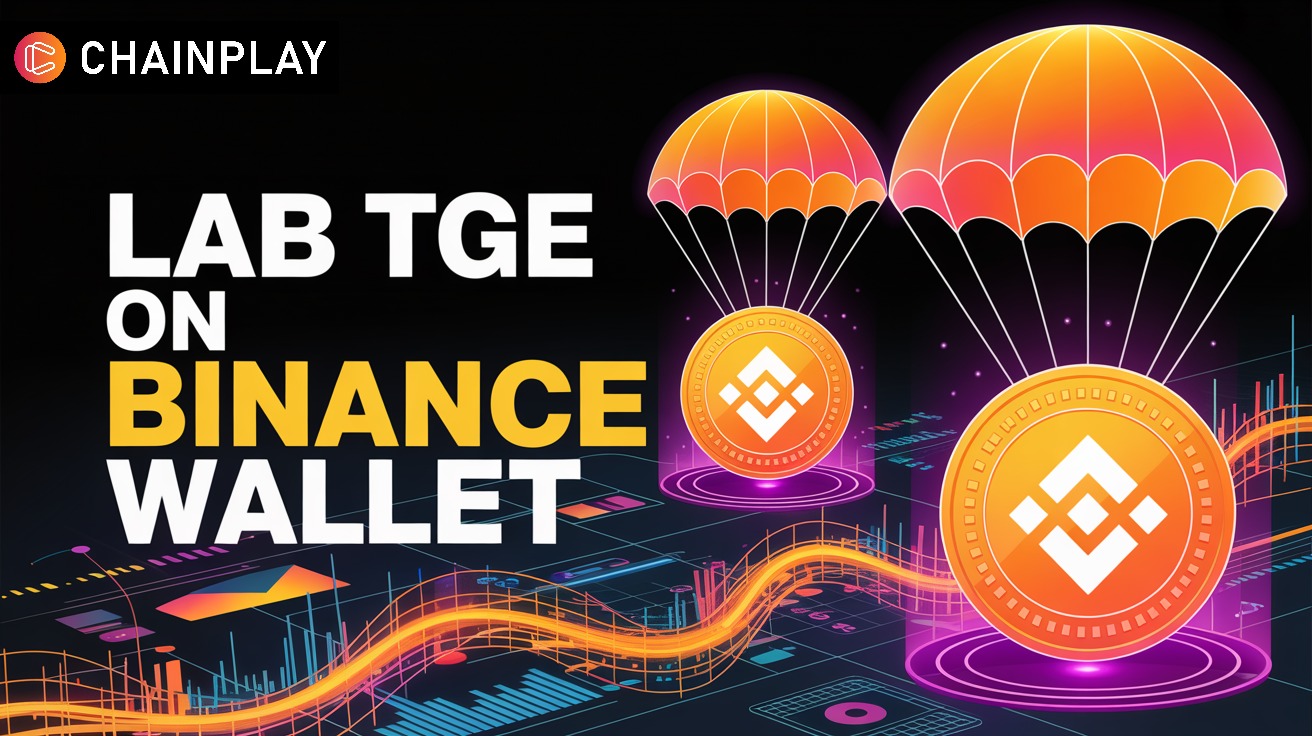
Binance Announces 40th TGE, Lab (LAB), With Two Exclusive
19 hours ago
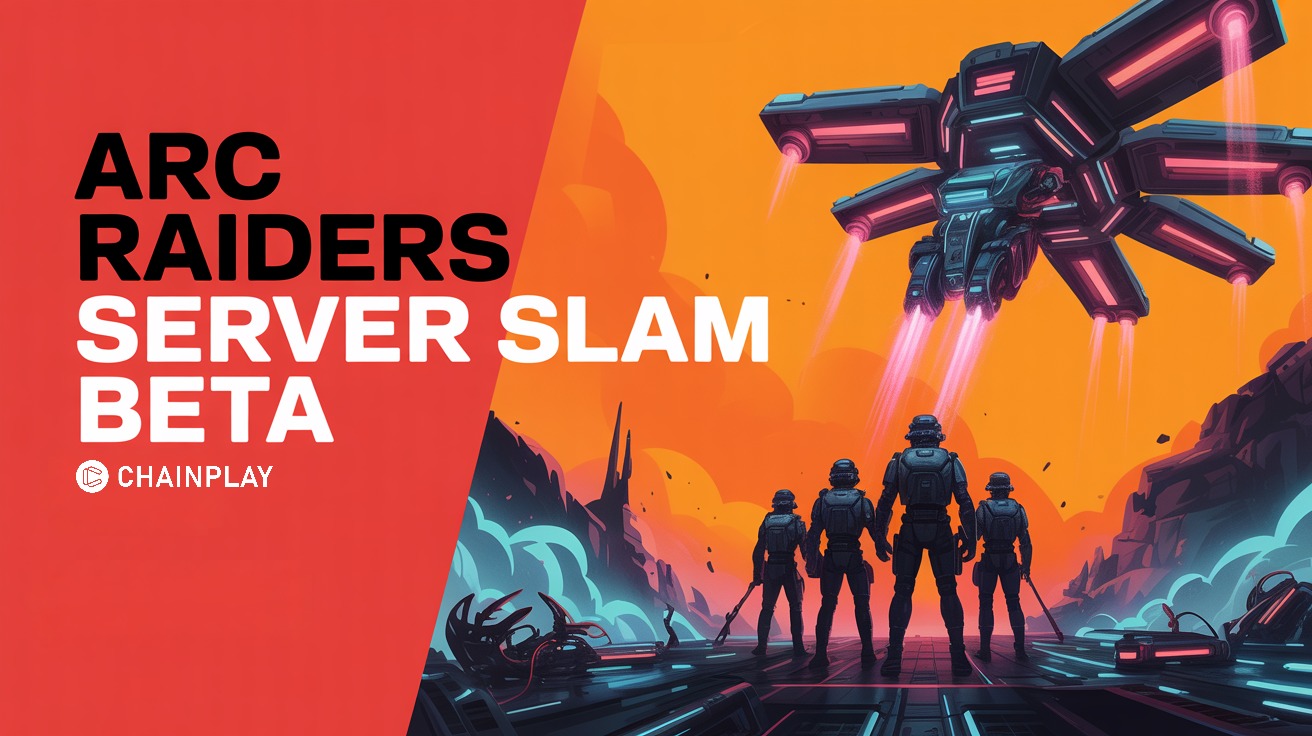
Arc Raiders Beta: Test the Extraction Shooter Early
20 hours ago
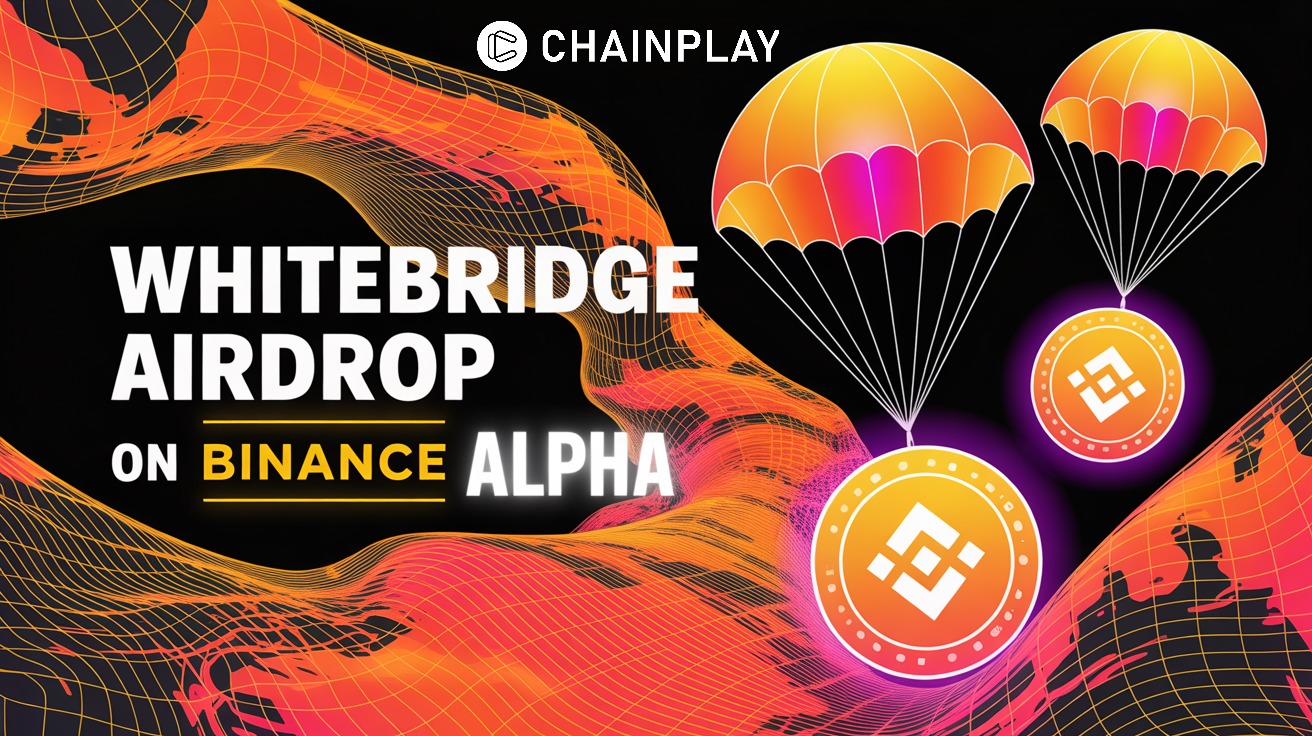
WhiteBridge Network (WBAI) To Launch on Binance Alpha
21 hours ago
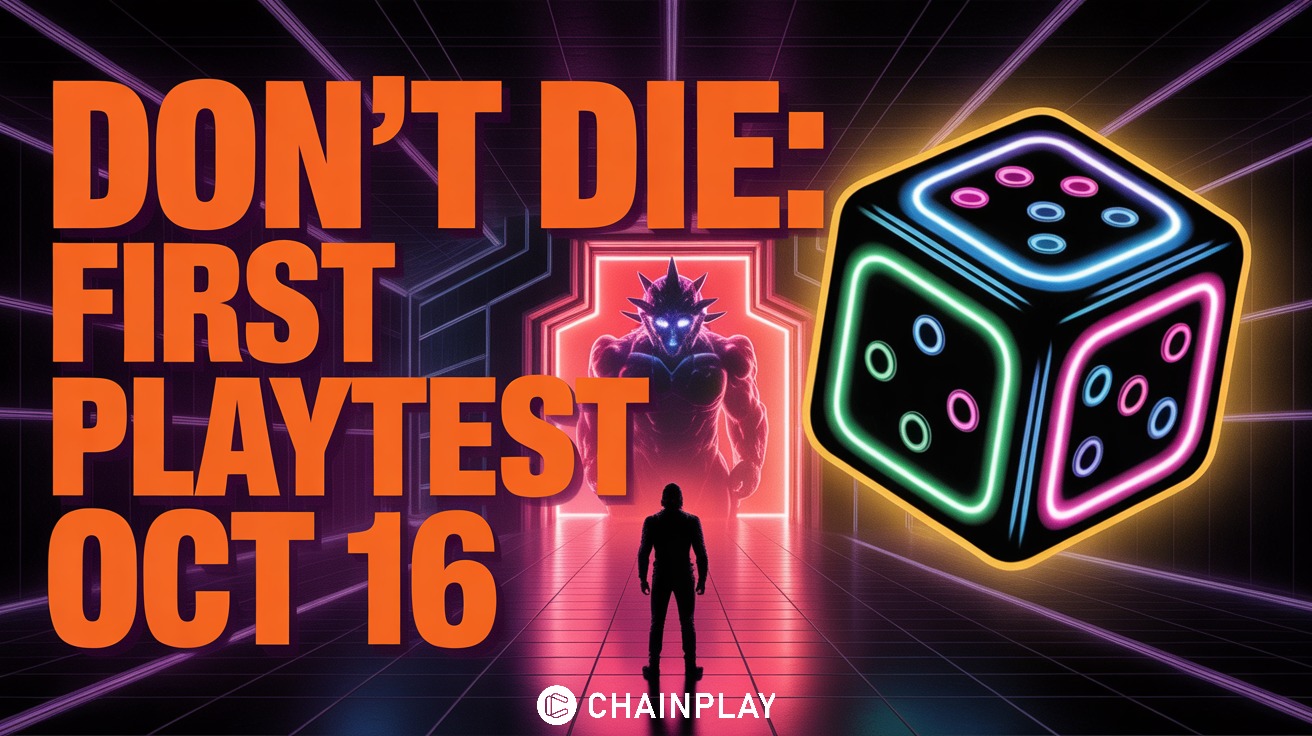
Don’t Die Game: First Blockchain Roguelike Playtest
22 hours ago
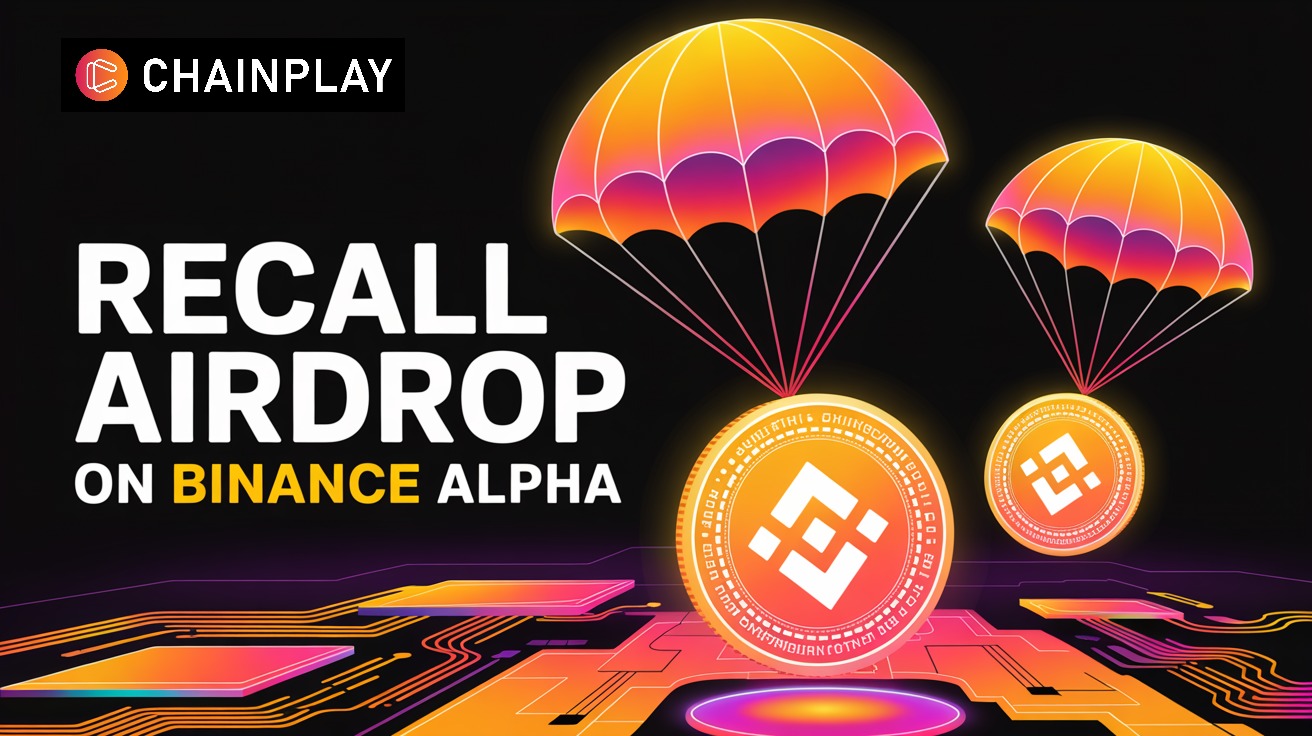
Binance Announces Alpha Launch and Exclusive Airdrop
23 hours ago
Related articles

Axie Infinity Origins S12 Mystic Era is live! Compete for 16,000 AXS, climb the leaderboard, and earn rewards with new features before the Final Era begins.
ChainPlay
•
7 months ago

The Elite 8 Tournament kicks off with top players, big AXS rewards, and strategic battles. Season 14 and new updates are just around the corner.
ChainPlay
•
3 months ago
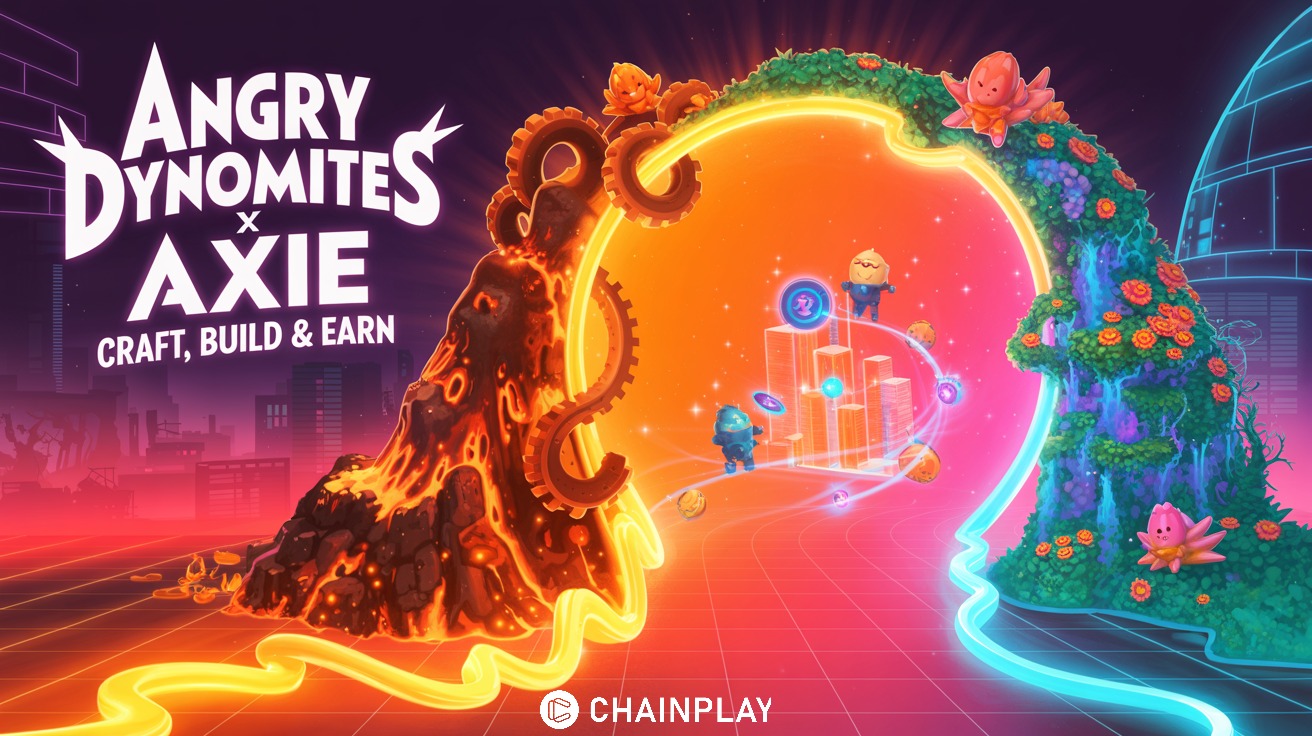
Join the Angry Dynomites x Axie event on Oct 15 in Craft World. Earn AXS, RON, Dynocoins, and NFT rewards by building, crafting, and teaming up.
ChainPlay
•
yesterday



